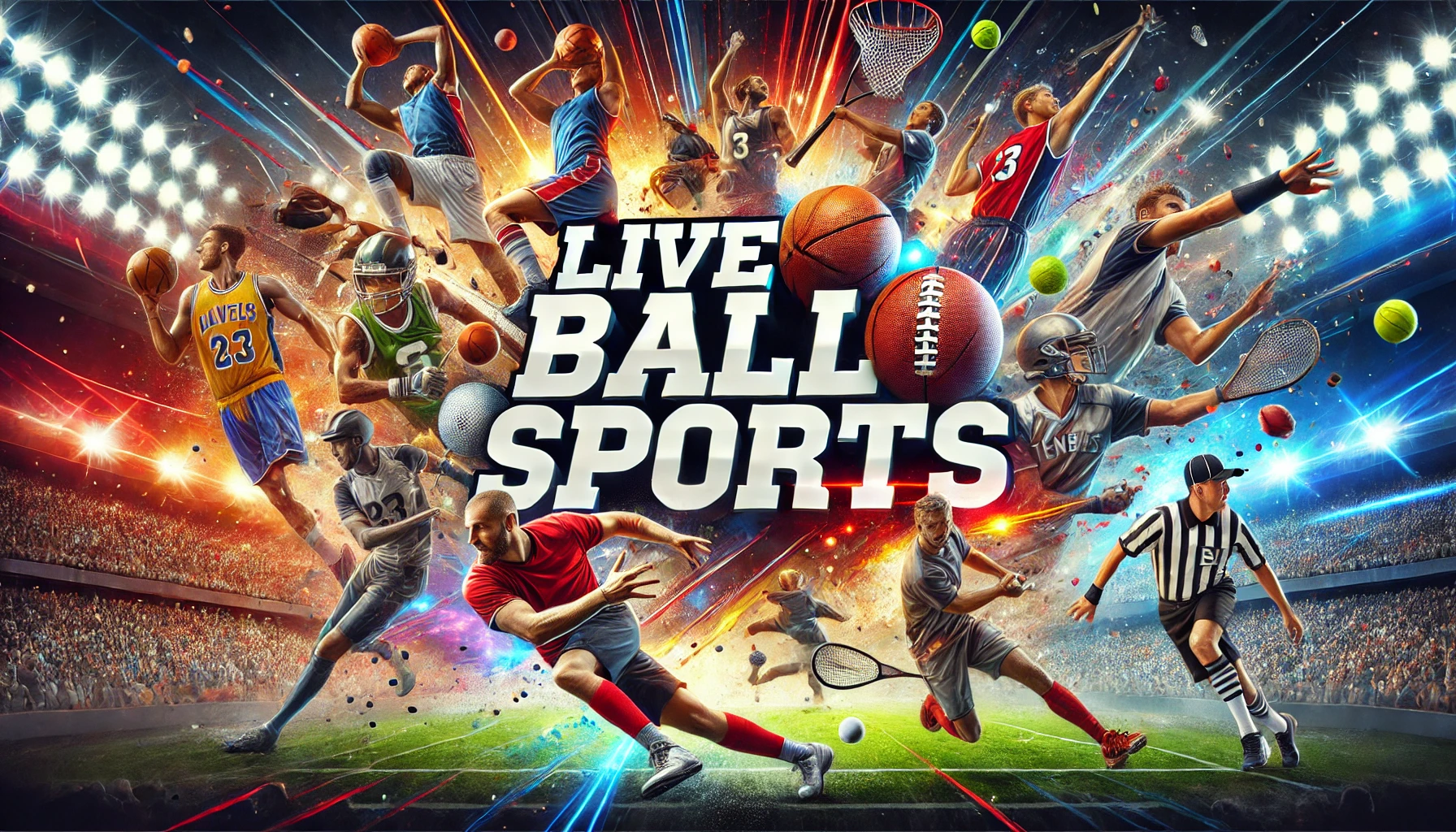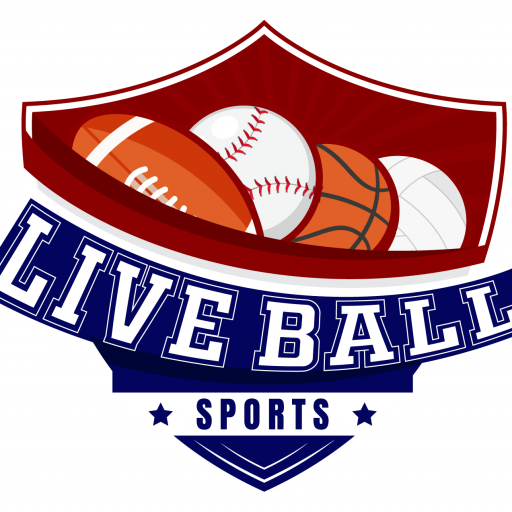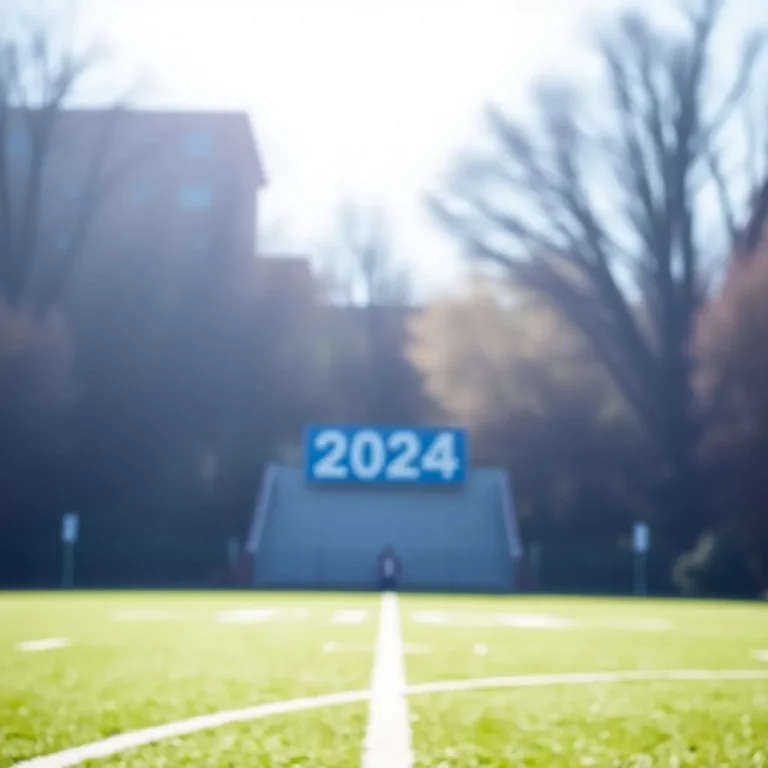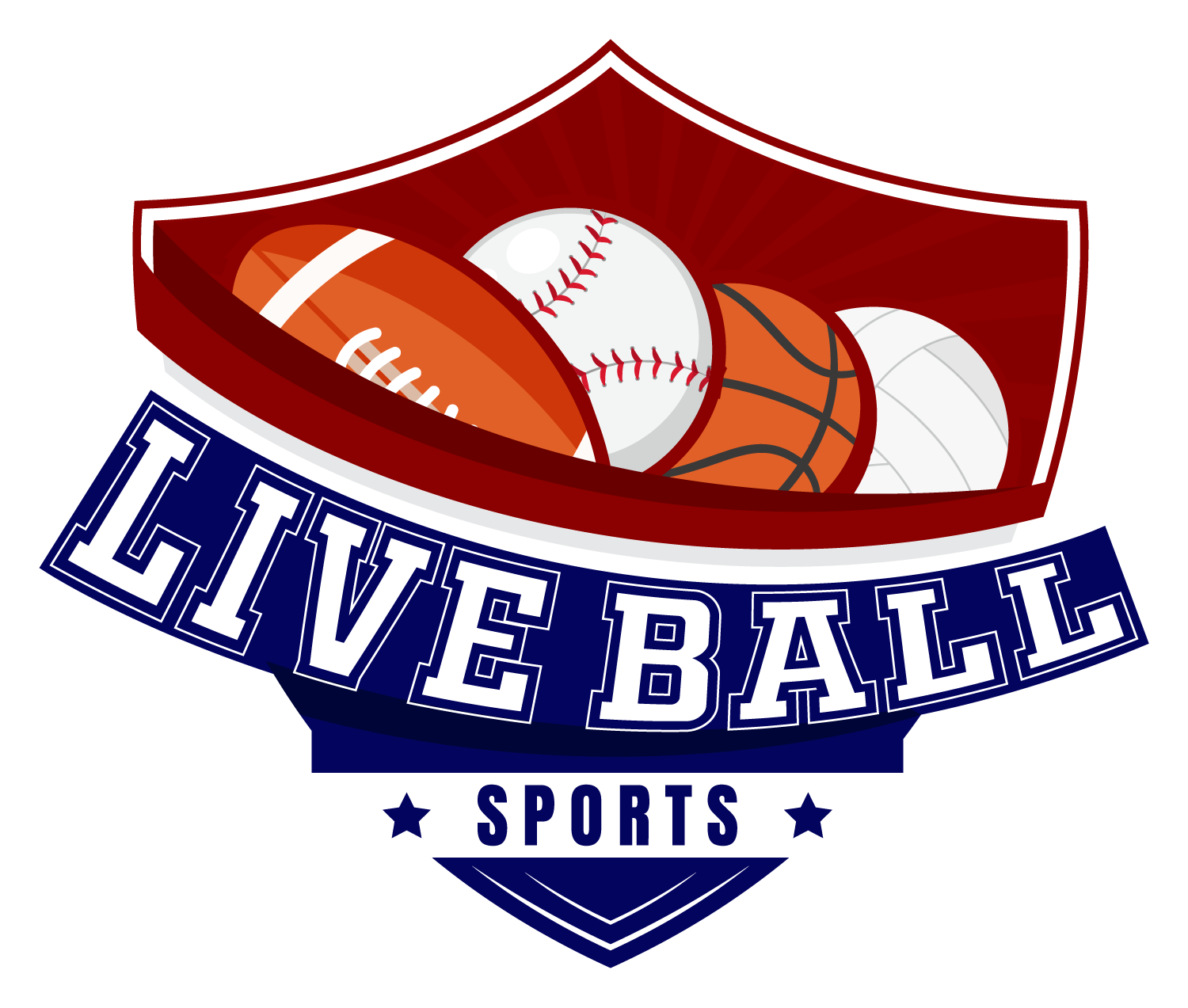In a significant move for college sports, the Department of Education’s Office for Civil Rights (OCR) has provided new guidance about college athlete name, image, and likeness (NIL) opportunities. This guidance is intended to ensure that male and female athletes receive equal chances and resources when it comes to NIL deals, regardless of where this funding originates.
Released as a nine-page “fact sheet” on Thursday, the OCR clarified that under Title IX, payments made to college athletes through NIL agreements should be treated similarly to athletic scholarships. This means that the money from NIL deals will count as part of a school’s overall athletic financial assistance, just like grants and cost-of-attendance funding. The OCR’s statement comes as schools and athletic programs are navigating the evolving landscape of NIL compensation.
This guidance arrives just two weeks before deadlines for objections in a major case known as House v. NCAA. In this case, a settlement has been reached that promises billions in revenue sharing for college athletes, although the majority is expected to favor male athletes, particularly in football and men’s basketball.
Jeffrey Kessler, co-counsel for the plaintiffs in House v. NCAA, stated that the new OCR guidance does not affect the settlement discussions. However, the OCR’s previous comments about NIL payments now have formal backing, making this the first official guidance on the issue.
Currently, while the NCAA prohibits schools from direct involvement in NIL deals, many state laws allow partnerships between athletes and businesses. The OCR has now stated that these agreements will be seen as a form of athletic financial assistance, which schools must consider when assessing gender equity in athletics.
The OCR emphasized that schools must prevent disparities based on sex, even when the funding comes from private sources like booster clubs or collectives. Their clear message is that Title IX obligations extend to all funding sources, and schools are responsible for maintaining equitable treatment of all athletes.
This guidance coincides with ongoing legal action by former female athletes from the University of Oregon, who are claiming Title IX violations regarding unequal NIL opportunities. Their lead attorney expressed optimism, saying that the new guidelines affirm their legal stance and strengthen their case against the university.
On the flip side, Kessler argues that the settlement from House v. NCAA does not create obligations for schools to distribute compensation in a particular way, leaving Title IX issues for schools to manage. While the future of this guidance could shift under new leadership, its immediate implications for college athletics and gender equity are quite substantial.



